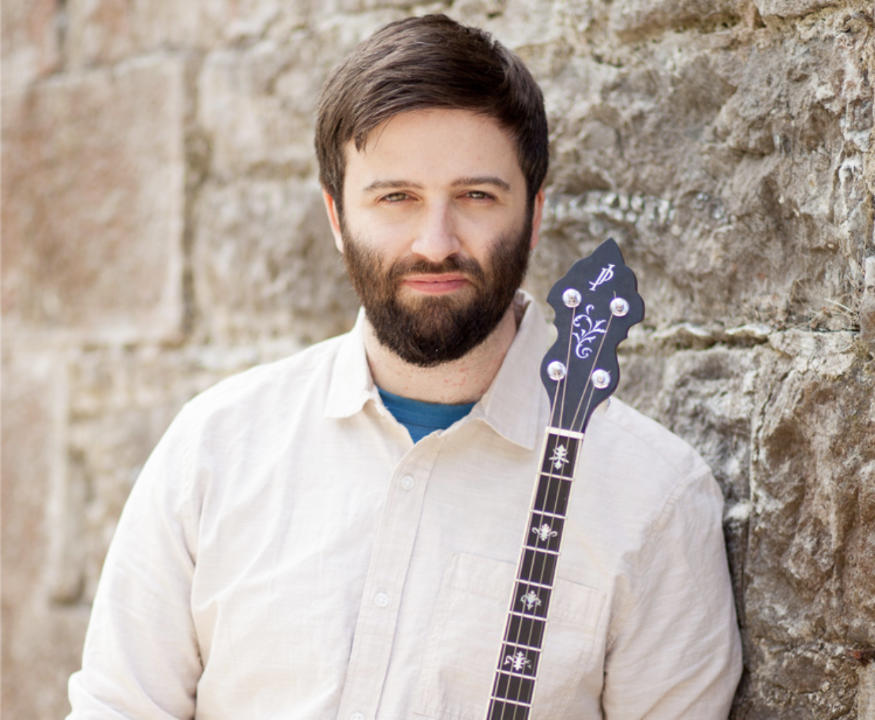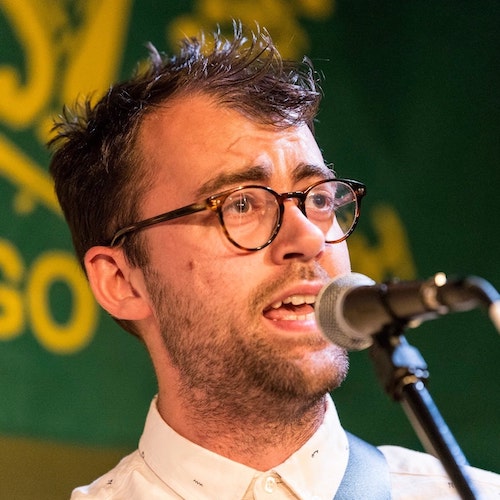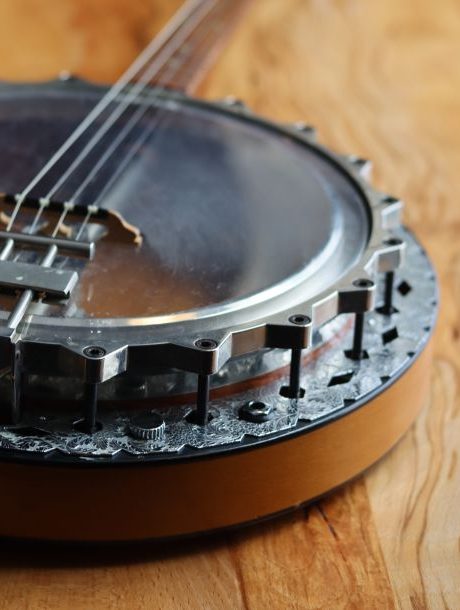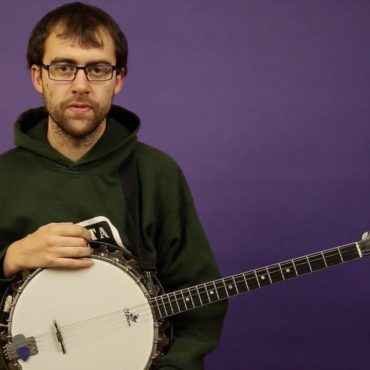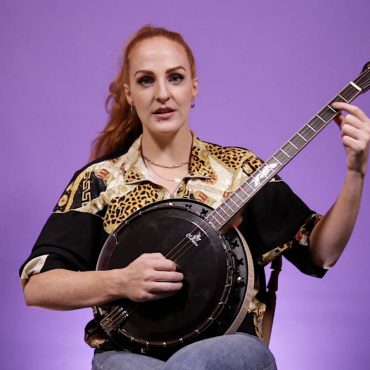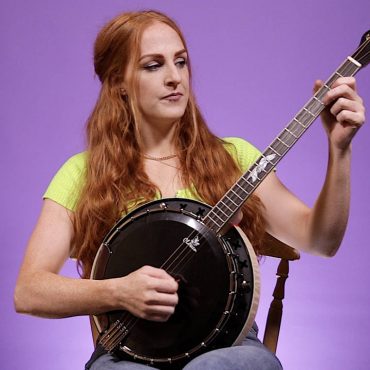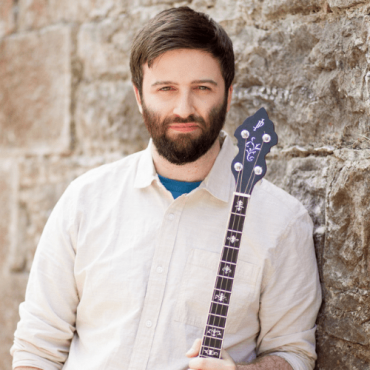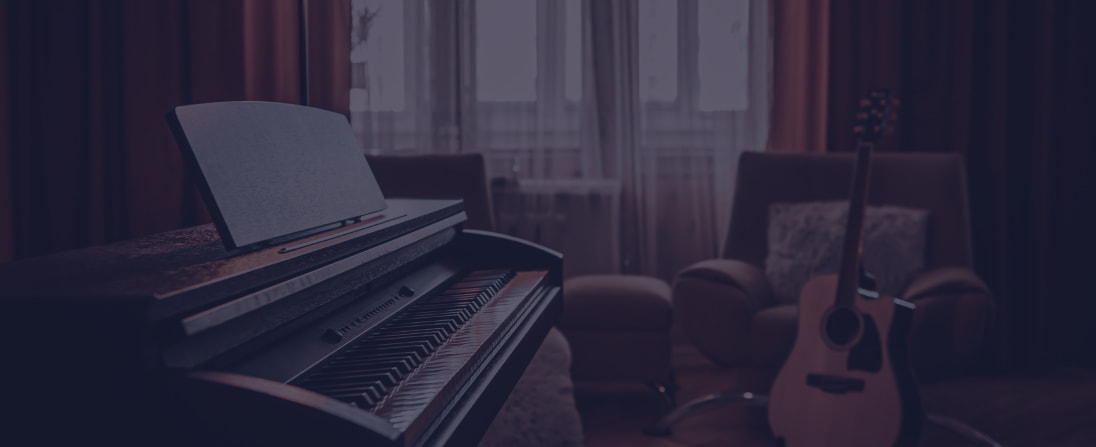Irish Music on Tenor Banjo
For the budding tenor banjo player keen on Irish music we offer four comprehensive courses for both beginners and aspiring players. Paddy Cummins offers lessons for those already familiar with playing, focusing on ornaments in the context of the ‘musicality’; while Lisa Canny teaches Banjo Basics for absolute beginners and a follow-on course, Banjo Foundations. Finally, Alan Reid’s Banjo Progressions bridges the gap between Lisa’s Banjo Foundations and Paddy’s Irish Tenor Banjo Technique, offering students an in-depth study in ornamentation and styling techniques. With an amazing repertoire to boot, these courses will help you get the most from this wonderful instrument.
Try it for free, Cancel anytime
- 18 lessons teaching how to play 13 very popular Irish tunes
- PDF sheet music & mp3’s to download & keep for each tune
- Progress at your own pace, pause & repeat videos
- Access to 14 instruments, 60+ courses, 1000+ tutorials
- Access on all your devices
- 14-day free trial. Cancel anytime


